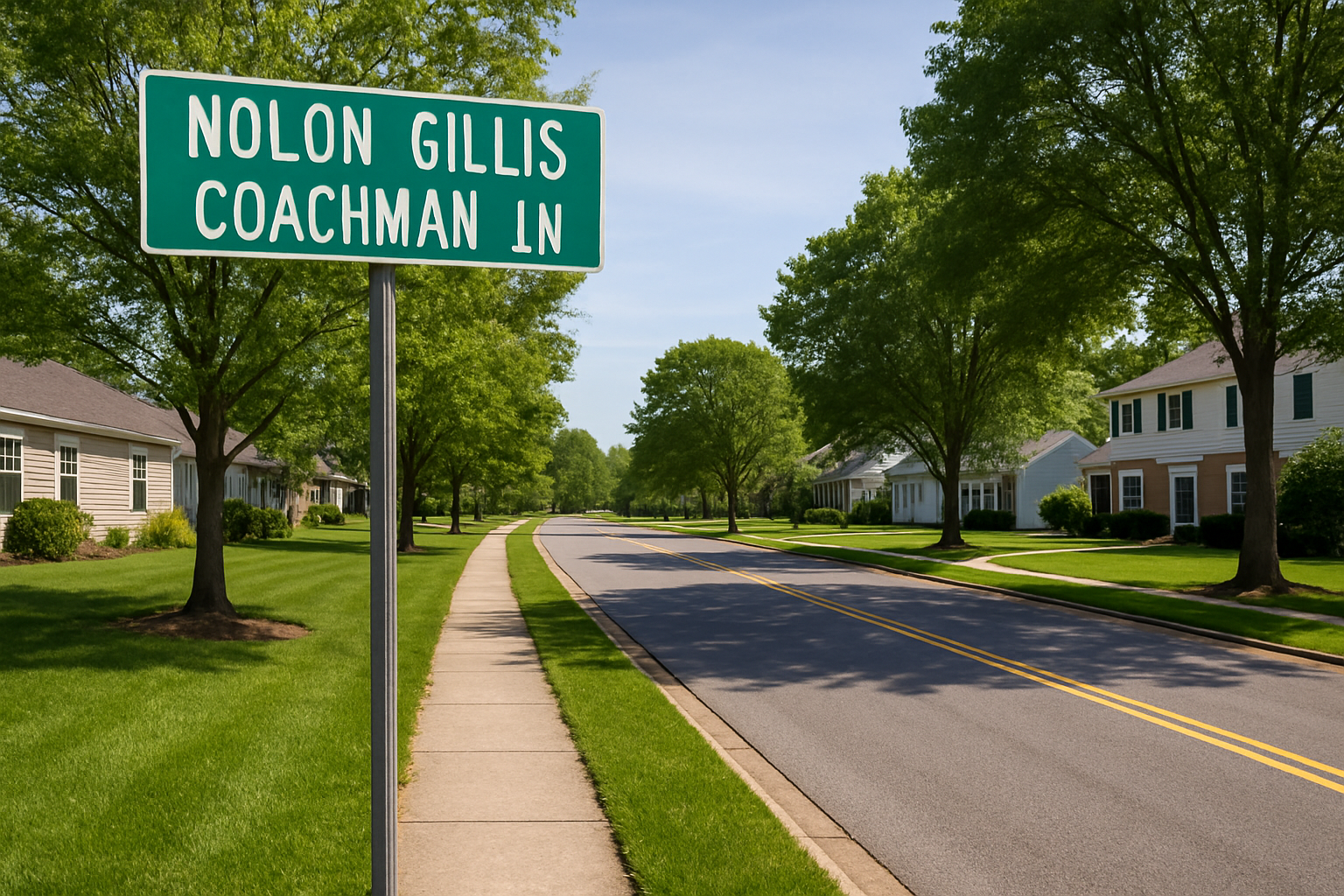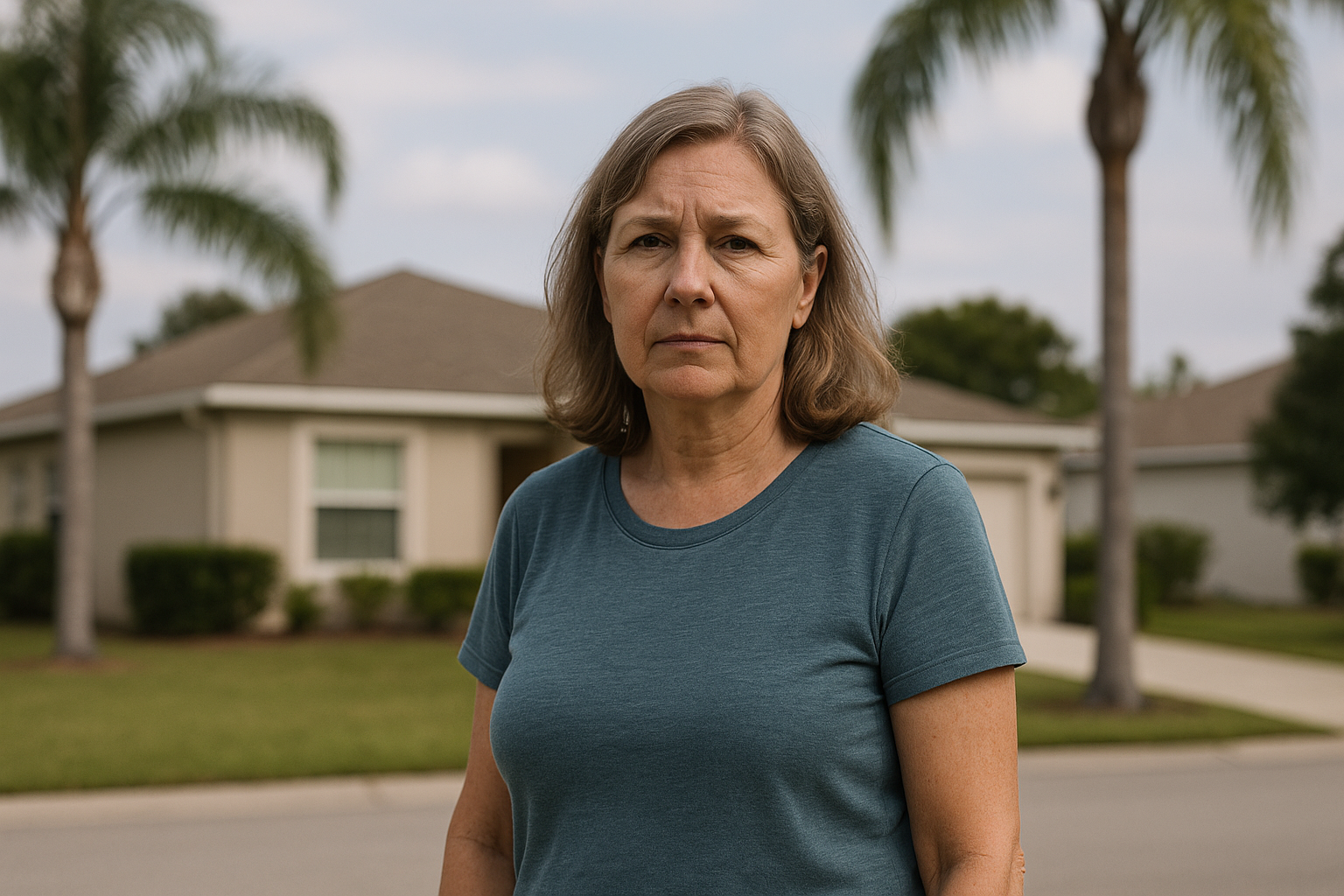Introduction
Nolon Gillis Coachman Lane is a local landmark of growing importance in its surrounding region. The name itself carries historical weight, suggesting a connection to individuals or families who contributed to local development. This article explores the origins, infrastructure, housing diversity, and real estate significance of Nolon Gillis Coachman Lane. It also covers aspects of community involvement, economic trends, and future development, providing a well-rounded look at a place that holds both historical significance and modern relevance.
The Historical Background of Nolon Gillis Coachman Lane
Nolon Gillis Coachman Lane reflects a composite of two legacies: that of Nolon Gillis and the Coachman family. The inclusion of these names in the title of a street or residential lane often points to their contribution to regional or neighborhood development, either through land ownership, community leadership, or civic engagement.
While direct archival records may vary, the use of “Coachman” in street names frequently relates to early settlers or individuals involved in transport or trade in the region’s formative years. “Gillis” may similarly denote family or individual names that were tied to agriculture, land grants, or early infrastructure. The combined naming convention suggests an effort to preserve local historical figures in the fabric of modern urban layout.
Who Is Nolon Gillis?
Although limited public information is available about an individual named Nolon Gillis in some records, such a naming choice for a street or development usually stems from dedication to community service, municipal roles, or real estate investments. In certain areas, individuals such as Nolon Gillis may have contributed as entrepreneurs, transit coordinators, or participants in municipal leadership. Streets named after them are typically a posthumous recognition of their role in regional transformation. Additional research into local property deeds, municipal archives, and family history would likely reveal more on Gillis’ influence in the development of the surrounding area.
Importance of Strategy in the Area
The planning of Nolon Gillis Coachman Lane suggests a deliberate approach to urban integration. Streets with historically significant names often follow land use strategies that balance residential planning with accessibility, public utilities, and environmental management. The area seems positioned to serve both as a tribute to its namesakes and as a central link in broader urban connectivity.
The layout and connectivity to nearby commercial zones, parks, or transportation hubs point to strategic urban design. Such decisions reflect long-term planning goals related to ease of access, traffic management, and integration with surrounding neighborhoods.
A Key Connection
Nolon Gillis Coachman Lane appears to function not only as a residential zone but also as a connecting route between other suburban or commercial regions. This makes it a key part of the area’s mobility framework. If the road connects multiple sectors—such as education centers, small business districts, or health services—it likely plays an integral role in daily transportation and urban flow. The importance of the lane, therefore, is not only in who it commemorates but in how it serves current residents and workers.
Access and Infrastructure
Infrastructure development around Nolon Gillis Coachman Lane includes paved road systems, lighting, sidewalks, and potentially access to public transport. Utilities such as water, electricity, and broadband coverage are standard in modern developments, and areas like this often undergo municipal improvements as part of citywide infrastructure initiatives.
Access points to major highways or thoroughfares would elevate the lane’s logistical significance, making it valuable for commuters or local business operations. Smooth traffic flow, school bus routes, and emergency service accessibility are factors that enhance its urban importance.
The Community Framework of Nolon Gillis Coachman Lane
The community surrounding Nolon Gillis Coachman Lane reflects a blend of residential stability and evolving demographic trends. Local governance structures may include homeowners’ associations, neighborhood watch groups, or planning committees that coordinate with municipal authorities.
The neighborhood is likely governed by zoning regulations that preserve its residential character while allowing limited commercial development, such as grocery stores, clinics, or local service providers. The presence of such amenities within a walkable radius contributes to the social and logistical fabric of the area.
Variety in Housing Sectors
The housing on Nolon Gillis Coachman Lane represents different market tiers, catering to a range of household incomes. Single-family homes are likely dominant, but there could also be duplexes, rental units, or condominiums, especially if the area is undergoing expansion. Such diversity helps foster a mixed-income community, which is often a goal of modern urban planning. New construction projects, renovation of older structures, and property turnover trends can all be observed to evaluate the housing dynamics of the area.
Cultural Legacy
Names like Coachman and Gillis often carry cultural weight in the American South and other regions where landholding families or early settlers contributed to economic or social growth. Street naming becomes a form of passive memory preservation, where heritage is communicated to future generations via maps and address systems. Cultural elements may also be embedded in community centers, local landmarks, or small museums nearby. These might showcase the lives and roles of early residents, farming histories, or indigenous narratives tied to the land prior to urbanization.
Local Community Organizations
The presence of active community organizations plays a critical role in shaping the environment around Nolon Gillis Coachman Lane. These may include:
- Neighborhood associations working on property value protection and beautification.
- Youth groups or afterschool programs affiliated with nearby schools.
- Volunteer groups focused on environment, like community cleanups or tree planting.
- Senior citizen committees ensuring accessibility and age-friendly services.
These organizations provide residents a platform to influence neighborhood decisions and reinforce a sense of ownership over local development.
Real Estate Trends and Market Predictions
The real estate market surrounding Nolon Gillis Coachman Lane has likely followed broader trends seen in suburban and semi-urban American markets. Demand has shifted in recent years due to telework flexibility, with many families seeking properties in less dense but well-connected areas. Key indicators such as average home price, days on market, rental rates, and development permits help assess market strength. If Nolon Gillis Coachman Lane is part of a growth corridor or near expanding business hubs, real estate values are likely on an upward trend.
Market predictions also depend on zoning laws, school district ratings, and proximity to future commercial or infrastructure projects.
Economic and Business Advancement
The economy around Nolon Gillis Coachman Lane is likely supported by a mix of small businesses, service providers, and public-sector employment. In similar areas, businesses that thrive typically include grocery chains, medical clinics, auto repair shops, daycares, and fitness centers. Increased interest in entrepreneurship may also lead to home-based businesses or shared workspaces being set up nearby. Local business growth contributes to tax revenue, employment opportunities, and consumer service availability.
Municipal support in the form of small business grants or tax incentives often plays a role in sustaining this level of commercial activity.
Urban Planning and Development
Urban planning around this lane likely follows phased development strategies that balance preservation with expansion. This includes:
- Green space management to ensure access to parks or walking trails.
- Stormwater control through adequate drainage systems.
- Noise management in residential zones.
- School and hospital proximity planning for service access.
Planners often consult public input before launching new developments. If Nolon Gillis Coachman Lane is part of a broader master plan, its growth will align with transportation updates, pedestrian safety initiatives, and zoning adaptations.
Vision for Future Expansion and Progress
Future plans for the area may include expansion into adjacent land parcels, construction of multi-family housing, or upgrades to existing infrastructure. Public records or planning commission meetings would provide insight into how the lane and surrounding areas are expected to evolve.
Key focus areas include:
- Affordable housing inclusion
- Smart traffic management
- Expanded public transportation routes
- Sustainability standards in new builds
Planners aim to ensure that development enhances quality of life without overwhelming local resources or compromising the area’s identity.
Cultural Events and Festivities
Cultural events in the vicinity of Nolon Gillis Coachman Lane provide a glimpse into local traditions and community engagement. These may include:
- Seasonal street fairs or farmers’ markets
- Independence Day neighborhood parades
- School and church carnivals
- Annual heritage days celebrating local history
Such events help preserve identity and bring residents together, supporting social cohesion and intergenerational exchange.
Educational and Organizational Involvement
Education is central to the area’s stability and growth. Schools within proximity to Nolon Gillis Coachman Lane contribute to property values and community appeal. High-performing public schools or reputable private institutions often draw new families into the area. In addition to K–12 schools, community colleges or vocational training centers nearby offer residents upskilling opportunities. Non-profit organizations or faith-based groups may also run tutoring services, scholarship initiatives, and literacy programs.
Conclusion
Nolon Gillis Coachman Lane is more than just a street name. It represents an intersection of heritage, infrastructure, and community development. From its historical ties to local families to its role in modern residential planning, the area offers insight into how legacy and progress can coexist. With active community participation, strategic urban planning, and economic potential, it continues to evolve as a vital part of its region’s fabric. The future of Nolon Gillis Coachman Lane will likely be shaped by thoughtful investment, cultural continuity, and a balance between residential growth and public service expansion. For residents and planners alike, it stands as a case study in sustainable neighborhood development rooted in local identity.
FAQS
1. What is the origin of the name Nolon Gillis Coachman Lane?
It likely honors influential local families or individuals tied to early regional development and civic contribution.
2. What type of housing exists on Nolon Gillis Coachman Lane?
The area includes a mix of single-family homes, duplexes, rentals, and potentially newer multi-family units.
3. Are there community organizations in the area?
Yes, the area hosts neighborhood associations, youth programs, and senior support groups.
4. Is public transport accessible from Nolon Gillis Coachman Lane?
The lane likely connects to nearby public transport routes and major roads, supporting daily commuting needs.
5. What future developments are planned for the area?
Future plans may include infrastructure upgrades, green space expansion, and more affordable housing initiatives.




